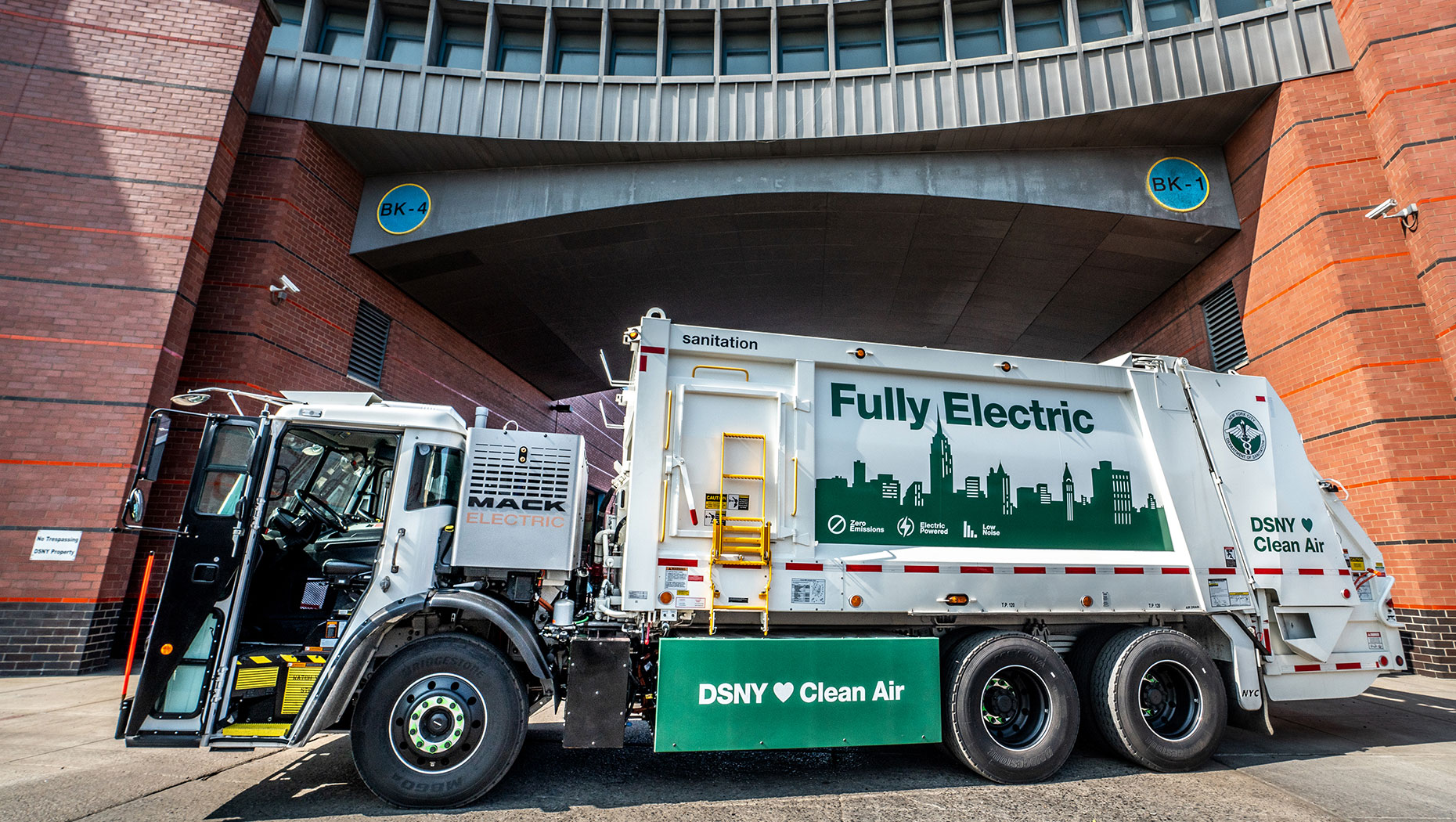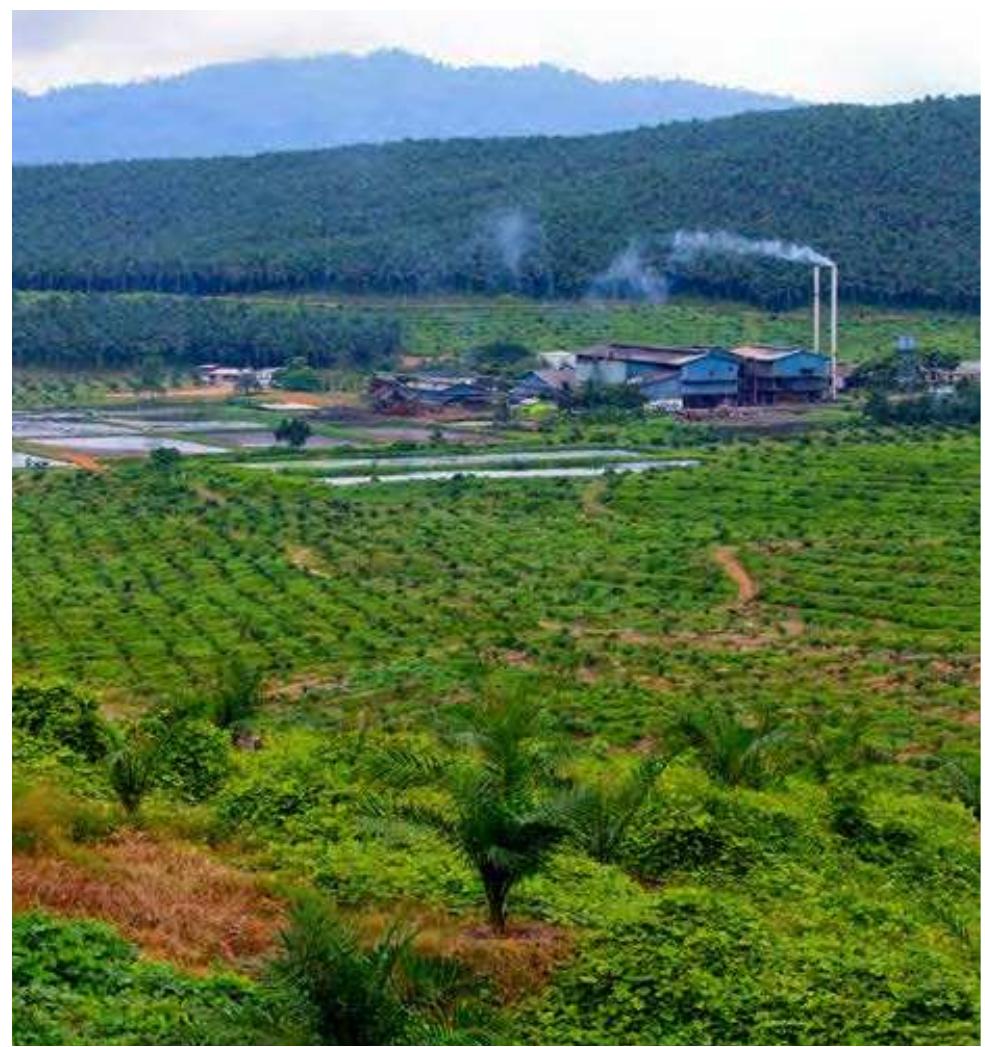Project Overview: The Calistoga Resiliency Center and Sustainable Development
A report on the completion and commercial operation of the Calistoga Resiliency Center (CRC), a hybrid microgrid energy storage facility in Calistoga, California. This project, a collaboration between Energy Vault and Pacific Gas and Electric Company (PG&E), represents a significant advancement in sustainable energy infrastructure. The facility directly supports several United Nations Sustainable Development Goals (SDGs), including SDG 7 (Affordable and Clean Energy), SDG 9 (Industry, Innovation, and Infrastructure), SDG 11 (Sustainable Cities and Communities), and SDG 13 (Climate Action), by providing a zero-emission, resilient power solution to a community vulnerable to climate-induced grid disruptions.
Alignment with SDG 7: Affordable and Clean Energy
System Specifications and Clean Energy Integration
The CRC is engineered to provide modern, reliable, and sustainable energy, directly contributing to the objectives of SDG 7. Its design integrates advanced clean energy technologies to meet California’s Renewable Portfolio Standard (RPS).
- Total Capacity: 293 megawatt-hours (MWh)
- Peak Power Output: 8.5 megawatts (MW)
- Core Technology: A hybrid system combining advanced hydrogen fuel cells with B-VAULT DC lithium-ion battery technology.
- Energy Management: Orchestrated by Energy Vault’s technology-agnostic VaultOS Energy Management System.
- Emission Profile: A zero-emission system, promoting the transition to clean energy sources.
Enhancing Energy Access and Reliability
The microgrid ensures energy security for approximately 1,600 customers in the Calistoga area. During Public Safety Power Shutoffs (PSPS), the system is designed to deliver a continuous energy supply for a minimum of 48 hours, guaranteeing access to reliable power and supporting SDG Target 7.1.
Advancing SDG 9 and SDG 11: Resilient Infrastructure and Sustainable Communities
Innovative Infrastructure for Community Resilience
The CRC is a prime example of resilient infrastructure as called for in SDG 9. It is specifically designed to function in “island mode,” maintaining power for the community when disconnected from the main grid.
- Black-Start Capability: The system can independently restart the local grid without reliance on external power sources.
- Grid Forming: It actively maintains grid stability, voltage, and frequency during isolated operation.
- Instantaneous Response: The lithium-ion battery component provides immediate power to ensure seamless operation and stability, working in concert with the hydrogen fuel cells.
Fostering Sustainable and Safe Communities
By safeguarding power for essential services such as fire stations, medical facilities, and grocery stores during outages, the project directly enhances community safety and sustainability, a core tenet of SDG 11. This capability is critical for communities in high fire-threat areas, making them more resilient to climate-related emergencies.
Contribution to SDG 13: Climate Action
A Direct Response to Climate-Induced Challenges
The CRC is an adaptive measure against the growing threat of wildfires, a challenge exacerbated by climate change. By providing a reliable power alternative during PSPS events—which are themselves a preventative measure against wildfires—the project helps the Calistoga community adapt to the impacts of a changing climate.
Mitigation Through Zero-Emission Technology
The project contributes to climate change mitigation by utilizing a fully renewable and zero-emission power source. The use of liquid hydrogen, which can be replenished on-site without service interruption, provides a sustainable long-duration energy storage solution, displacing the need for fossil-fuel-based backup generators and reducing greenhouse gas emissions.
Operational and Financial Framework
Ownership and Partnership Model
The project operates under a collaborative model designed for long-term service and sustainability.
- Owner and Operator: Energy Vault
- Utility Partner and Distribution System Operator: Pacific Gas and Electric Company (PG&E)
- Agreement Structure: A long-term energy services agreement.
Project Financing
The project was facilitated by the closure of $28 million in financing, which included the completed sale of the Investment Tax Credit associated with the facility.
Broader Context: PG&E’s Microgrid Deployment Strategy
Commitment to Regional Energy Resilience
The CRC is part of a larger PG&E strategy to enhance grid resilience across its service area, with a focus on communities affected by PSPS events.
- Since 2021, PG&E has deployed 13 distribution microgrids.
- The Calistoga facility is the largest and the first fully renewable system within this portfolio.
- PG&E actively supports community-driven microgrids through its Community Microgrid Enablement Program (CMEP) and Microgrid Incentive Program (MIP).
- In March 2025, PG&E committed up to $43 million to fund nine new community microgrids in the North Coast region.
Analysis of Sustainable Development Goals in the Article
1. Which SDGs are addressed or connected to the issues highlighted in the article?
- SDG 7: Affordable and Clean Energy: The article focuses on a “zero-emission,” “fully sustainable,” and “fully renewable” energy storage facility, directly contributing to the goal of providing clean and reliable energy.
- SDG 9: Industry, Innovation, and Infrastructure: The project represents an investment in innovative technology (hybrid microgrid, hydrogen fuel cells) and the development of resilient infrastructure to support a community.
- SDG 11: Sustainable Cities and Communities: The microgrid is designed to make the Calistoga community more resilient to power disruptions caused by climate-related events like wildfires, ensuring essential services remain operational.
- SDG 13: Climate Action: The project is a direct response to “climate-driven grid disruptions” and wildfire risks. It strengthens the community’s resilience and adaptive capacity to climate-related hazards while using clean energy technology.
- SDG 17: Partnerships for the Goals: The article highlights a public-private partnership between Energy Vault, a private company, and Pacific Gas and Electric Company (PG&E), a utility, to achieve these energy and resiliency goals.
2. What specific targets under those SDGs can be identified based on the article’s content?
-
SDG 7: Affordable and Clean Energy
- Target 7.1: Ensure universal access to affordable, reliable and modern energy services. The microgrid ensures a reliable power supply for 1,600 customers during safety shutoffs, directly addressing energy reliability.
- Target 7.2: Increase substantially the share of renewable energy in the global energy mix. The project is described as the “first fully renewable system” of its kind for PG&E, utilizing hydrogen and batteries, which increases the share of renewable energy.
- Target 7.b: Expand infrastructure and upgrade technology for supplying modern and sustainable energy services. The Calistoga Resiliency Center is a prime example of new, advanced infrastructure using a hybrid microgrid, hydrogen fuel cells, and advanced battery technology.
-
SDG 9: Industry, Innovation, and Infrastructure
- Target 9.1: Develop quality, reliable, sustainable and resilient infrastructure. The project’s entire purpose is to create a “Resiliency Center” that provides a reliable and sustainable power source to the community during grid disruptions.
- Target 9.4: Upgrade infrastructure and retrofit industries to make them sustainable… with greater adoption of clean and environmentally sound technologies. The project upgrades the local energy infrastructure with clean, “zero-emission” technologies like hydrogen fuel cells.
-
SDG 11: Sustainable Cities and Communities
- Target 11.5: Significantly reduce the number of people affected… by disasters, including… climate-related disasters. The microgrid is designed to mitigate the impact of power shutoffs caused by wildfire risk (a climate-related disaster), reducing the number of people affected by keeping essential services powered.
- Target 11.b: Substantially increase the number of cities and human settlements adopting and implementing integrated policies and plans towards… resilience to disasters. This project is part of a larger PG&E program (Community Microgrid Enablement Program) that implements plans for community resilience against disasters.
-
SDG 13: Climate Action
- Target 13.1: Strengthen resilience and adaptive capacity to climate-related hazards and natural disasters. The article explicitly states the project addresses “power resiliency amidst the growing challenges of wildfire risk” and “climate-driven grid disruptions,” which directly aligns with this target.
-
SDG 17: Partnerships for the Goals
- Target 17.17: Encourage and promote effective public, public-private and civil society partnerships. The project is a collaboration between Energy Vault (private company) and PG&E (utility partner) under a “long-term energy services agreement,” exemplifying a public-private partnership.
3. Are there any indicators mentioned or implied in the article that can be used to measure progress towards the identified targets?
-
For SDG 7:
- Renewable Energy Capacity: The article specifies the microgrid system’s capacity as “293 megawatt hour (MWh)” with a peak output of “8.5 megawatts (MW).”
- Duration of Reliable Power: The system can deliver “at least 48 hours of continuous energy supply” during outages.
- Investment in Clean Energy: The project was facilitated by “$28 million in financing.”
-
For SDG 9 & 11:
- Population Served by Resilient Infrastructure: The microgrid serves “approximately 1,600 PG&E customers.”
- Number of Resilient Infrastructure Projects: The article mentions that PG&E has deployed “13 distribution microgrids since 2021” and has committed funding for “nine new community microgrids.”
- Support for Essential Services: The project helps keep “fire stations, medical facilities, and grocery stores” powered during outages.
-
For SDG 13:
- Implementation of Local Disaster Risk Reduction Strategies: The existence of PG&E’s Community Microgrid Enablement Program (CMEP) and Microgrid Incentive Program (MIP) serve as indicators of implemented local strategies.
-
For SDG 17:
- Financial Commitment to Public-Private Partnerships: The “$28 million in financing” for this specific partnership project serves as a direct financial indicator.
4. Summary Table of SDGs, Targets, and Indicators
| SDGs | Targets | Indicators (Mentioned or Implied in the Article) |
|---|---|---|
| SDG 7: Affordable and Clean Energy |
7.1: Ensure reliable energy services. 7.2: Increase share of renewable energy. 7.b: Expand sustainable energy infrastructure. |
– System is “fully renewable” and “zero-emission.” – Capacity of 293 MWh and 8.5 MW. – Provides 48 hours of continuous energy. – Investment of $28 million. |
| SDG 9: Industry, Innovation, and Infrastructure |
9.1: Develop reliable, sustainable and resilient infrastructure. 9.4: Upgrade infrastructure with clean technologies. |
– Creation of a “Resiliency Center.” – Use of innovative hydrogen fuel cells and battery storage. – Serves 1,600 customers. |
| SDG 11: Sustainable Cities and Communities |
11.5: Reduce the number of people affected by disasters. 11.b: Implement plans for resilience to disasters. |
– Protects a community from power shutoffs due to wildfire risk. – Powers essential services (fire stations, medical facilities). – Part of a larger program of 13 deployed and 9 newly funded microgrids. |
| SDG 13: Climate Action | 13.1: Strengthen resilience to climate-related hazards. |
– Project directly addresses “climate-driven grid disruptions.” – Implementation of local disaster risk reduction strategies (CMEP and MIP programs). |
| SDG 17: Partnerships for the Goals | 17.17: Encourage effective public-private partnerships. |
– Formal partnership between Energy Vault (private) and PG&E (utility). – Project financed with $28 million under a long-term energy services agreement. |
Source: power-eng.com







